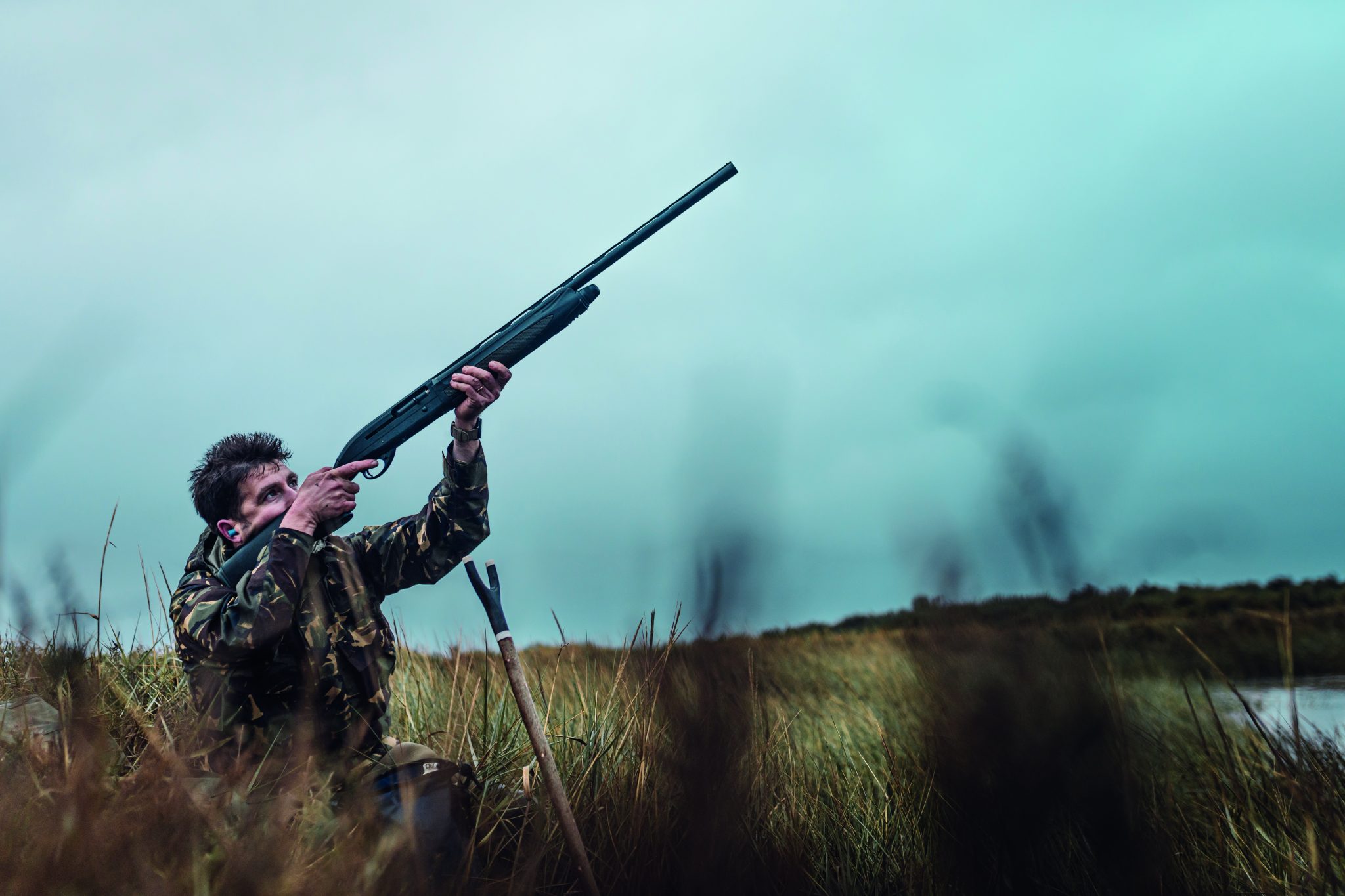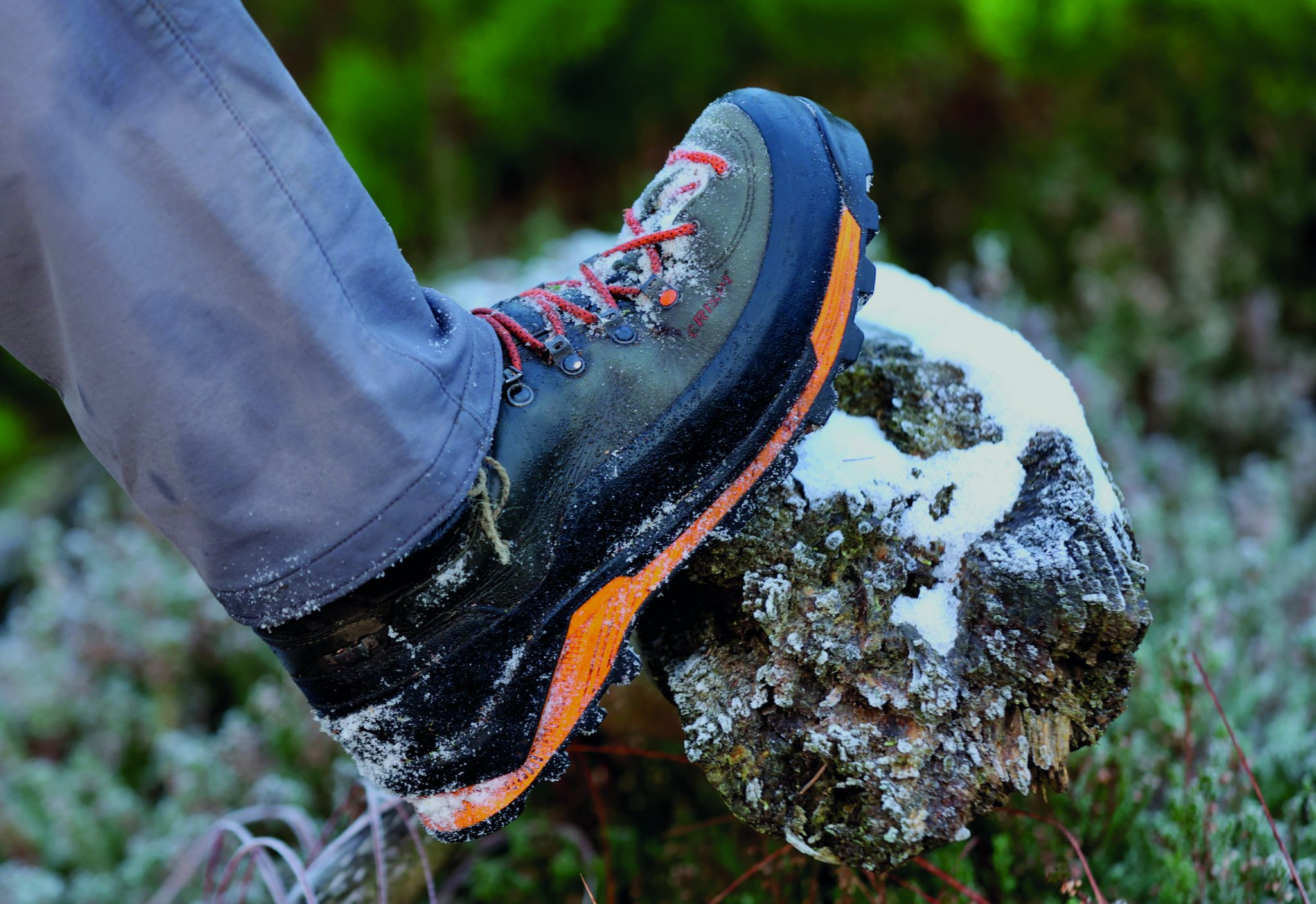Win CENS ProFlex DX5 earplugs worth £1,149 – enter here
The Hungarian wirehaired vizsla – charming and hardworking
What happened when I became the owner of a Hungarian wire-haired vizsla

Why I chose a Hungarian wirehaired vizsla
I needed a steady breed that could live calmly with my pack of exuberant bloodhounds. A dog who could hunt and point game for my Harris hawk to work over, hunt and retrieve all day long on the rough shoot, point woodcock and be something sane and sensible for my partner to handle when stalking. I also wanted a breed with a steady character to accompany me when I was working on wildfowling trips, driven shoots and walked-up hawking days. The Hungarian wirehaired vizsla (HWHV) fitted all the criteria nicely. (Read more on the why the Hungarian wirehaired vizsla is becoming more and more popular.)
The origins of the vizsla
The wirehaired vizsla was created because Hungarian hunters wanted to produce a dog more suited to working in water and harsher conditions than the native, smooth-coated Hungarian vizsla. They wanted a strong, workmanlike dog with a weatherproof coat, and to achieve this they bred the Hungarian vizsla to a German wirehaired pointer. Later on bloodhound was added for nose ability, and possibly some pudelpointer. T
The first ones wirehaired vizslas (imported from Hungary) were seen the UK in the 1970s but it wasn’t until 1992, when the first litter was actually born in the UK (again from Hungarian imports), that the breed slowly started to gain popularity. In 1995 there were over 50 registered with the Kennel Club, so a group of enthusiasts decided it was time to start a breed club to promote this multipurpose breed. The inaugural meeting resulted in 52 founding members and saw the start of the Hungarian Wirehaired Vizsla Association (HWVA).
Excellent working ability
The breed and the HWVA have gone from strength to strength, with a dedicated group of aficionados tirelessly promoting the breeds’ working abilities at game fairs and country events all over the UK. Fieldsports enthusiasts are quick to spot the charming temperament and excellent working ability of the breed.
Vizsla puppy training
Starting with the basics with my vizsla puppy was easy and by 16 weeks he was good to sit and stay, as well as retrieve small dummies in the garden. As my Harris hawk wasn’t known to be dog-friendly they were introduced to one another rather cautiously, but right from the start the bond was amazing and they could regularly be seen sitting calmly together on the lawn enjoying the spring sunshine. (Read our guide to the best slip leads.)
Once the basics had been picked up, the vizsla puppy was happy to go out under the hawk and learnt to point pheasants. It was a good way for him to spend his first year, as the trips out were only three or four hours long and very relaxed, with just the two of us working together. (Read hunting grouse in the hills with vizslas.)
The following season saw him out on rough and woodcock shoots where he was greeted with initial caution and a little bit of “ginger” leg-pulling by the die-hard labrador and springer folk. However, after three seasons of working twice a week he has become a valued member of the team, and his ability to hunt up to and point a woodcock that several springers have already run past has made him a popular choice with the guns. (Read more on HPV breeds.)
Since then my vizsla has gone from strength to strength. He spent a great deal of a summer learning to blood trail deer and has made an excellent stalking companion. He also goes wildfowling and will sit happily and quietly in a muddy gully for several hours without the need to be tied to a stick – his impressive, workmanlike size means that he’s more than capable of retrieving a heavy Canada goose from the estuary. (Read more on what’s the best dog for wildfowling.)
The breed seems to be very healthy and there’s a capable bunch of people keeping a close eye on things to ensure it stays that way.
This article was originally published in 2014 and has been updated.
Related Articles
Get the latest news delivered direct to your door
Subscribe to Shooting Times & Country
Discover the ultimate companion for field sports enthusiasts with Shooting Times & Country Magazine, the UK’s leading weekly publication that has been at the forefront of shooting culture since 1882. Subscribers gain access to expert tips, comprehensive gear reviews, seasonal advice and a vibrant community of like-minded shooters.
Save on shop price when you subscribe with weekly issues featuring in-depth articles on gundog training, exclusive member offers and access to the digital back issue library. A Shooting Times & Country subscription is more than a magazine, don’t just read about the countryside; immerse yourself in its most authoritative and engaging publication.







